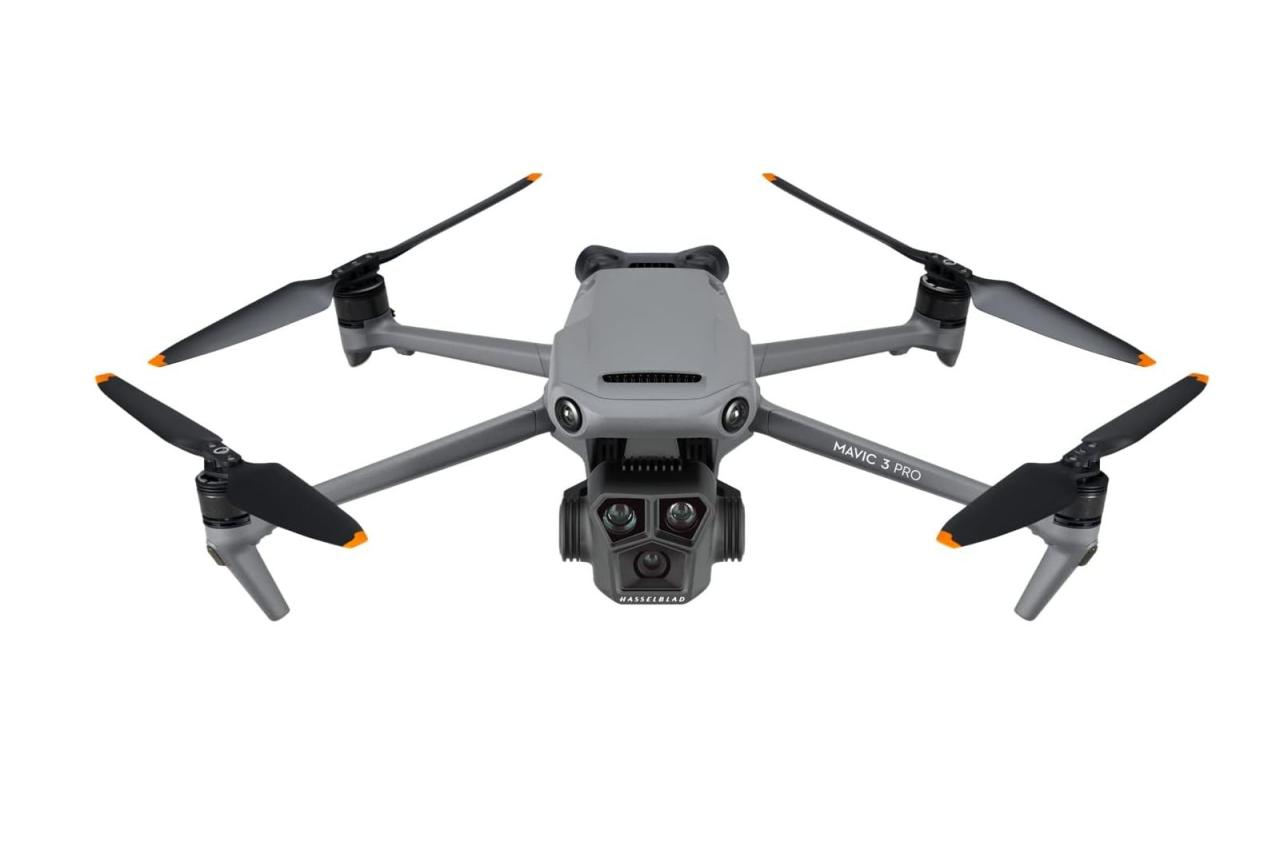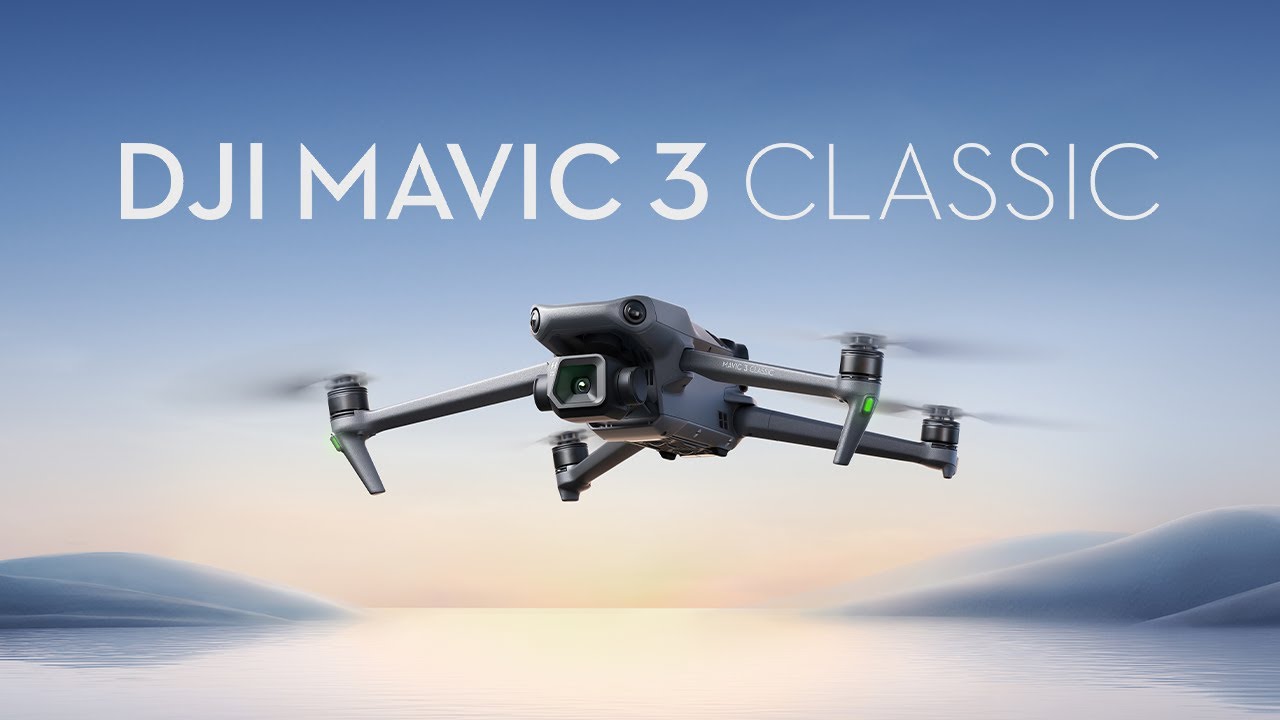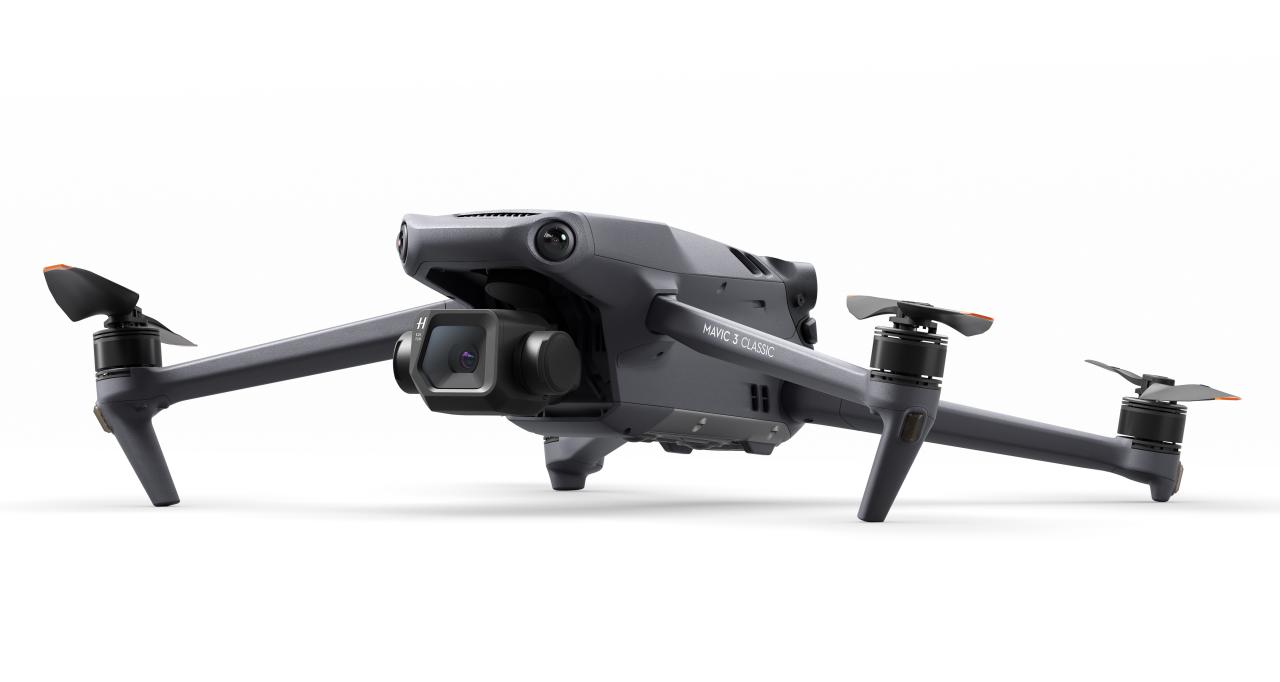Which DJI drone to buy? That’s the million-dollar question for many aspiring aerial photographers and videographers. DJI offers a fantastic range, from compact and portable models perfect for beginners to high-end professional options boasting incredible camera capabilities. This guide breaks down the key differences between popular DJI drones, helping you choose the perfect one for your needs and budget, whether you’re a seasoned pro or just starting out.
We’ll explore factors like camera quality, flight time, portability, and advanced features to help you navigate the options and make an informed decision. From the impressive Mavic 3 to the versatile Air 3 and the incredibly compact Mini 3 Pro, we’ll examine the strengths and weaknesses of each, ensuring you find the best fit for your skill level and intended use.
Choosing the right DJI drone can be tricky! Consider your budget and what you’ll use it for – photography, videography, or something else? Before you dive into specs, though, you might want to check if chat gpt down is affecting any online drone resources you were planning to use for research. Once you’ve got that sorted, you can confidently compare DJI models and find your perfect fit.
Get ready to take to the skies!
Choosing Your Perfect DJI Drone

Picking the right DJI drone can feel overwhelming with so many models available. This guide breaks down the key differences between popular DJI drones, helping you choose the best fit for your needs and budget. We’ll compare features, performance, and accessories to guide you towards a well-informed decision.
DJI Drone Models: A Comparative Overview, Which dji drone to buy
Let’s dive into a comparison of three popular DJI drone models: the Mavic 3, Air 3, and Mini 3 Pro. Each offers unique strengths and caters to different needs.
Picking the right DJI drone can be tricky! Consider your budget and needs – photo, video, or something more advanced? But before you dive in, check out the potential investment opportunities in the burgeoning drone delivery market by looking at drone delivery Canada stock. Understanding the industry’s growth might influence your choice of DJI drone, as certain models are better suited for professional applications.
So, do your research on both before making a purchase!
| Drone Model | Key Features | Price Range (USD) | Best Use Case |
|---|---|---|---|
| DJI Mavic 3 | High-resolution camera, Hasselblad sensor, advanced obstacle avoidance, long flight time | $2100 – $3000+ | Professional photography and videography, demanding environments |
| DJI Air 3 | Versatile camera system (wide and telephoto lenses), compact design, excellent image quality | $1100 – $1500 | Versatile aerial photography and videography, travel |
| DJI Mini 3 Pro | Lightweight and portable, impressive camera for its size, good flight time | $700 – $1000 | Recreational flying, travel, casual photography and videography |
Camera technology varies significantly across DJI drone models. Here’s a breakdown:
- Sensor Size: The Mavic 3 boasts a larger sensor than the Air 3 and Mini 3 Pro, resulting in better low-light performance and shallower depth of field.
- Resolution: Resolution capabilities differ; the Mavic 3 often offers the highest resolution stills and video, followed by the Air 3, then the Mini 3 Pro.
- Zoom Capabilities: The Mavic 3 offers significant zoom capabilities, with both optical and digital zoom options. The Air 3 also includes a telephoto lens for zoom, while the Mini 3 Pro offers more limited zoom.
Flight performance is another crucial aspect:
- DJI Mavic 3: Offers a flight time of around 40 minutes, a maximum speed of approximately 47 mph (75 km/h), and good wind resistance.
- DJI Air 3: Provides a flight time of around 40-45 minutes, a maximum speed similar to the Mavic 3, and comparable wind resistance.
- DJI Mini 3 Pro: Offers a shorter flight time (around 34 minutes), a slightly lower maximum speed, and less wind resistance than the larger models.
Factors Influencing Drone Selection

Choosing the right drone involves careful consideration of several factors.
- Budget: DJI drones range significantly in price, from the more affordable Mini 3 Pro to the professional-grade Mavic 3. Determine your budget before narrowing down your options.
- Intended Use: Are you primarily interested in photography, videography, or recreational flying? This will greatly influence your choice of drone and its features.
- Skill Level: Beginner-friendly drones like the Mini 3 Pro offer ease of use, while more advanced models like the Mavic 3 offer greater control and customization options.
Portability and ease of use are also important considerations. The Mini 3 Pro is exceptionally portable, making it ideal for travel. The Air 3 strikes a balance between portability and advanced features. The Mavic 3, while powerful, is less portable.
So you’re trying to figure out which DJI drone to buy? It’s a tough choice! Before you dive in, though, remember you’ll need a way to share those awesome aerial shots, and setting up your printer’s WiFi is key. Check out this guide for help with your Canon TS3420 WiFi setup: canon ts3420 wifi setup.
Once that’s sorted, you can get back to the exciting task of choosing your perfect DJI drone!
Sensor size directly impacts image quality. Larger sensors capture more light, resulting in better image quality in low-light conditions and a shallower depth of field for professional-looking shots. This is evident in the comparison below:
| Drone Model | Image Quality Description |
|---|---|
| DJI Mavic 3 | Exceptional image quality, especially in low light, thanks to its larger sensor. Excellent detail and dynamic range. |
| DJI Air 3 | Very good image quality, suitable for most situations. Offers a good balance between image quality and portability. |
| DJI Mini 3 Pro | Good image quality for its size and weight. Slightly less detail and dynamic range compared to larger models. |
Advanced Features and Technologies

DJI drones are packed with advanced features.
| Drone Model | Obstacle Avoidance Performance (Various Environments) |
|---|---|
| DJI Mavic 3 | Excellent performance in most environments, including complex scenarios. Advanced sensors provide robust obstacle detection and avoidance. |
| DJI Air 3 | Good obstacle avoidance in most situations. Performs well in open areas but may struggle in very cluttered environments. |
| DJI Mini 3 Pro | Basic obstacle avoidance, primarily forward and downward sensing. Not as robust as the larger models, especially in challenging environments. |
Features like ActiveTrack, Point of Interest (POI), and Hyperlapse enhance your drone’s capabilities:
- ActiveTrack: Automatically follows a subject, offering advantages like smooth tracking shots but limitations in complex environments or if the subject is obscured.
- Point of Interest (POI): Allows the drone to orbit a specific point, providing advantages like cinematic shots but limitations if the point is difficult to identify or if wind conditions are strong.
- Hyperlapse: Creates time-lapse videos, offering advantages like capturing stunning visual effects but limitations in terms of required storage space and processing time.
Various flight modes offer diverse applications:
- CineSmooth Mode: Reduces speed and agility for smoother shots, ideal for cinematic footage.
- Sport Mode: Increases speed and agility, suitable for dynamic shots and quick maneuvers.
- Tripod Mode: Significantly reduces speed and movement for precise control, ideal for capturing detailed images and stable shots.
Accessories and Considerations
Essential accessories enhance your drone experience and longevity.
| Accessory | Purpose |
|---|---|
| Extra Batteries | Extends flight time, allowing for longer sessions |
| Spare Propellers | Provides replacements in case of damage, ensuring continued flight |
| Carrying Case | Protects the drone and accessories during transport |
| ND Filters | Reduce light entering the camera, allowing for better exposure in bright conditions |
Understanding and adhering to local drone regulations is crucial. Check with your local aviation authority for airspace restrictions, registration requirements, and any other rules before flying your drone. Websites of national aviation authorities are a good starting point.
Proper storage and maintenance are essential for extending the lifespan of your drone. Store the drone in a cool, dry place, away from direct sunlight. Clean the drone regularly, using a soft cloth to remove dirt and debris. Regularly inspect propellers for damage and replace them as needed. Store batteries in a cool, dry place at around 50% charge when not in use.
Last Point

Choosing the right DJI drone is a significant step, but with careful consideration of your budget, skill level, and intended use, you’ll find the perfect flying companion. Remember to factor in accessories, understand local regulations, and prioritize safe flying practices. Whether you opt for the cinematic prowess of the Mavic 3, the all-around versatility of the Air 3, or the pocket-sized convenience of the Mini 3 Pro, the world of aerial photography and videography awaits.
Happy flying!
FAQ Corner: Which Dji Drone To Buy
What’s the difference between the DJI Mavic 3 and the DJI Air 3?
The Mavic 3 generally offers superior camera specs (larger sensor, higher resolution) and longer flight time, but comes at a higher price. The Air 3 is more compact and affordable, striking a good balance between features and price.
Do I need a pilot’s license to fly a DJI drone?
Regulations vary by country and region. In many places, recreational drone use doesn’t require a license, but you must follow local laws regarding airspace restrictions and registration. Check your local aviation authority’s website.
How long do DJI drone batteries last?
Flight time varies significantly depending on the drone model and conditions (wind, temperature). Check the specifications for your chosen model for an estimated flight time.
What are ND filters and why are they useful?
ND (Neutral Density) filters reduce the amount of light entering the camera, allowing you to use wider apertures and slower shutter speeds in bright conditions for better exposure and cinematic effects.
